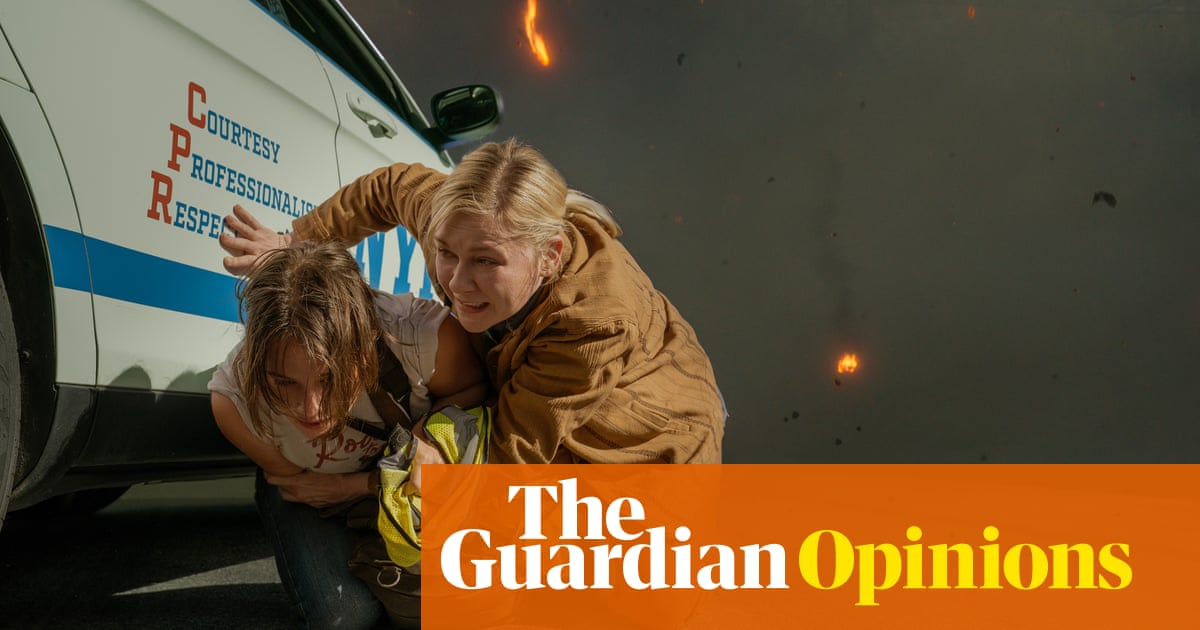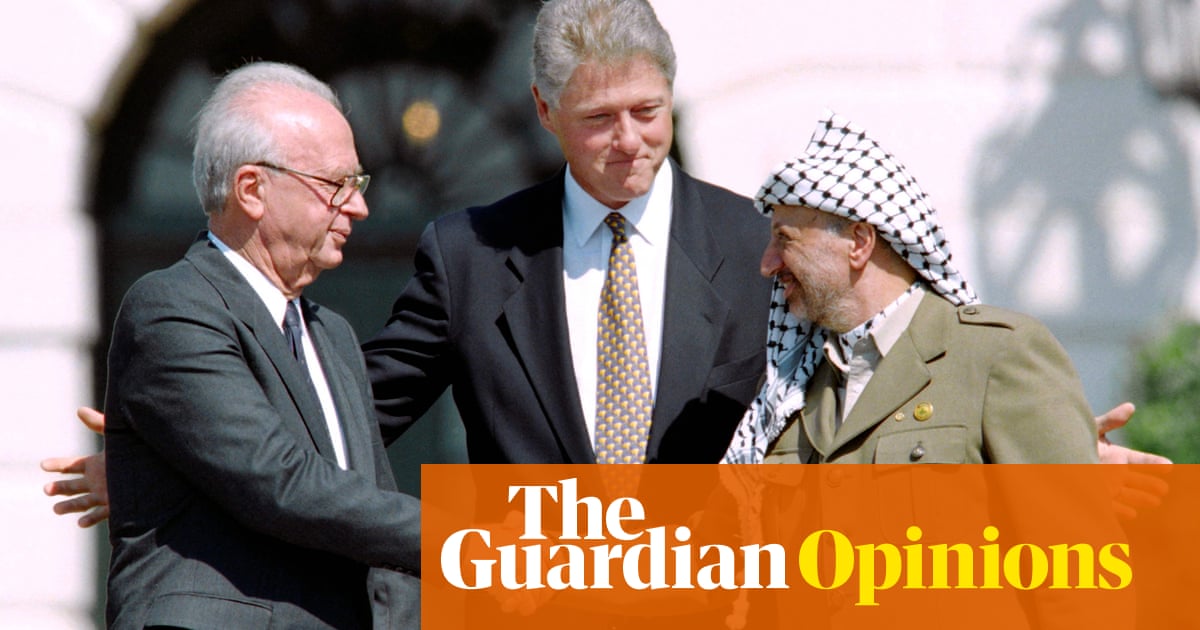
The Science and Security Board for the Bulletin of the Atomic Scientists assesses that the world is not only more dangerous than it was a year ago; it is as threatening as it has been since World War II. In fact, the Doomsday Clock is as close to midnight today as it was in 1953, when Cold War fears perhaps reached their highest levels.
Days after Donald Trump took the oath of office, the Bulletin of the Atomic Scientists reset the Doomsday Clock to 2½ minutes to midnight, in part because of destabilizing comments from America’s new commander in chief. One year later, the Chicago-based group is moving the clock forward again by 30 seconds, because of the failure of President Trump and other world leaders to deal with looming threats of nuclear war and climate change.
To call the world nuclear situation dire is to understate the danger — and its immediacy. North Korea’s nuclear weapons program appeared to make remarkable progress in 2017, increasing risks for itself, other countries in the region and the United States.
The failure in 2017 to secure a temporary freeze on North Korea’s nuclear development was unsurprising to observers of the downward spiral of rhetoric between Trump and North Korean leader Kim Jong Un. But North Korea’s developing nuclear program will reverberate not just in the Asia-Pacific, as neighboring countries review their security options, but also more widely, as all countries consider the costs and benefits of the international framework of nonproliferation treaties and agreements.
Global nuclear risks were compounded by US-Russia relations that now feature more conflict than cooperation. The United States and Russia remained at odds, continuing military exercises along the borders of the North Atlantic Treaty Organization, undermining the Intermediate-Range Nuclear Forces Treaty, upgrading their nuclear arsenals and eschewing arms-control negotiations.
Tensions over the South China Sea have increased. Pakistan and India have continued to build larger arsenals of nuclear weapons. And in the Middle East, uncertainty about continued US support for the landmark Iranian nuclear deal adds to a bleak picture. A related danger is the rise of cyberthreats targeting national infrastructure, including power grids, water supplies and military systems.
On climate change, the danger may seem less immediate than the risk of nuclear annihilation, but avoiding catastrophic temperature increases in the long run requires urgent attention now. Global carbon dioxide emissions have not yet begun the sustained decline toward zero that must occur if we are to avoid ever-greater warming. Nations will have to significantly decrease their greenhouse-gas emissions to manage even the climate risk accepted in the Paris accord. So far, the global response has fallen far short of this challenge.
The US administration’s decision essentially to turn a blind eye to climate change transpired against a backdrop of a worsening climate, including powerful hurricanes in the Caribbean and other parts of North America and extreme heat in Australia, South America, Asia, Europe and California. The Arctic ice cap achieved its smallest-ever winter maximum in 2017. Last week, data from 2017 demonstrated a continued trend of exceptional global warmth.
We believe that the perilous world security situation described here would, in itself, justify moving the minute hand of the Doomsday Clock closer to midnight. But there also is a real threat posed by a fundamental breakdown in the international order that has been dangerously exacerbated by recent US actions. In 2017, the United States backed away from its long-standing leadership role in the world, reducing its commitment to seek common ground and undermining the overall effort toward solving pressing global governance challenges. Neither allies nor adversaries have been able to reliably predict US actions or discern between sincere US pronouncements and mere rhetoric.
Allies have needed reassurance about American intentions more than ever. Instead, they have been forced to negotiate a thicket of conflicting policy statements from an administration weakened in its cadre of foreign policy professionals and suffering from turnover in senior leadership. The administration has failed to develop, coordinate and communicate a coherent nuclear policy. This inconsistency constitutes a major challenge for deterrence, alliance management and global stability.
We hope this resetting of the clock will be interpreted exactly as it is meant: an urgent warning of global danger. The time for world leaders to address looming nuclear danger and the march of climate change is long past. The time for the citizens of the world to demand such action is now. It is time to rewind the Doomsday Clock.
The Washington Post












